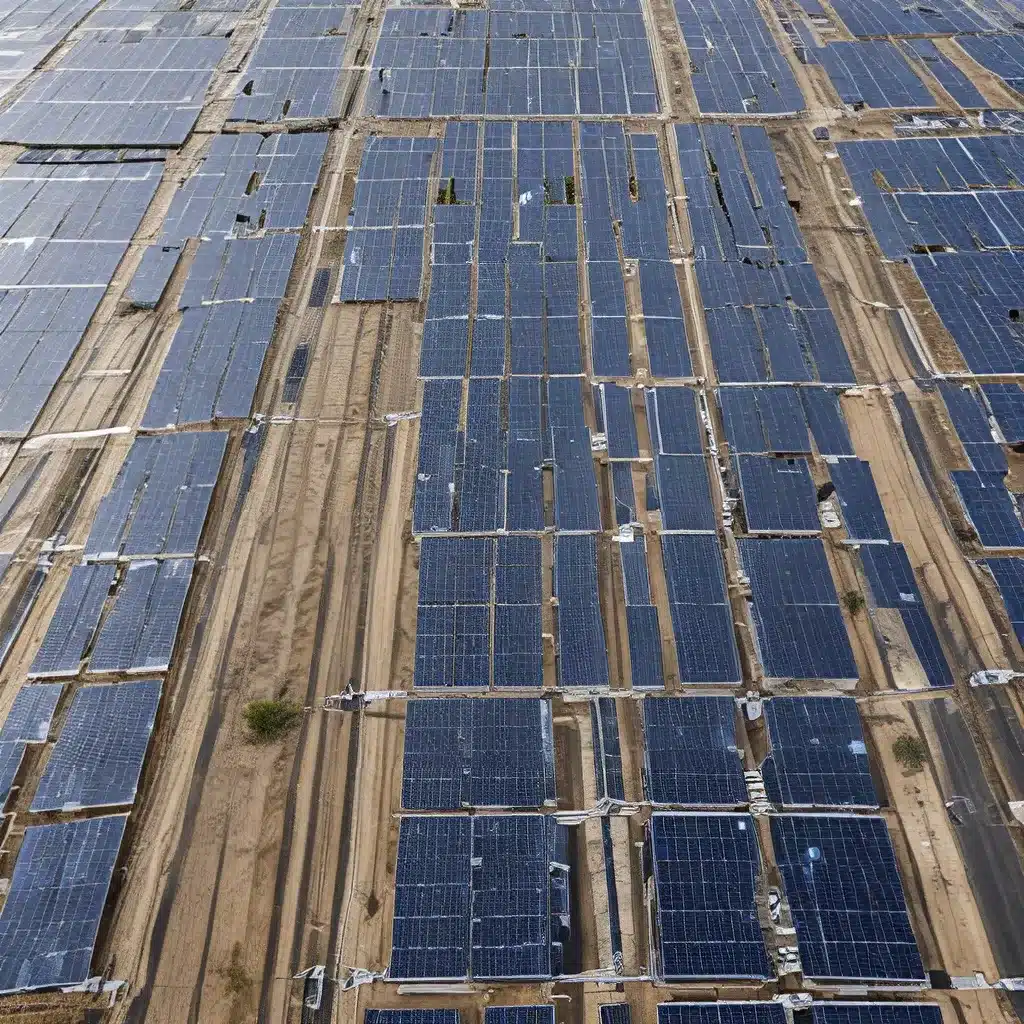
As someone who’s been fascinated by the remarkable potential of renewable energy for years, I can’t help but feel a surge of excitement when I think about the future of our power grid. It’s like standing on the edge of a grand transformation, where the old ways of generating and distributing electricity are giving way to a smarter, more sustainable system.
One of the key drivers of this change is the integration of electric cars and renewable energy sources – a synergy that holds the promise of a cleaner, more resilient energy ecosystem. Imagine a world where our vehicles don’t just consume electricity, but actively contribute to the grid, smoothing out fluctuations and helping to balance supply and demand.
Electric Cars: The Missing Piece in the Renewable Puzzle
For the longest time, our transportation sector has been the elephant in the room when it comes to sustainability. Burning fossil fuels in our gas-guzzling vehicles has been a massive contributor to greenhouse gas emissions, and the reliance on imported oil has left us vulnerable to global market volatility. But with the rapid rise of electric vehicles (EVs), we finally have a way to tackle this challenge head-on.
EVs, when powered by renewable energy sources like solar and wind, offer a tantalizing solution. By eliminating tailpipe emissions, they can significantly reduce our carbon footprint and improve air quality in urban areas. And the best part? They can act as mobile energy storage units, integrating seamlessly with smart grids to create a more efficient and resilient power system.
Integrating EVs with Renewable Energy: A Symbiotic Relationship
The integration of EVs and renewable energy sources is a symbiotic relationship that benefits both sides. On one hand, renewable energy can provide the clean, abundant power needed to charge our electric vehicles, reducing our reliance on fossil fuels. On the other hand, EVs can serve as a flexible energy storage solution, helping to balance the grid and optimize the use of renewable energy.
Imagine a scenario where your electric car’s battery is charged during periods of high renewable energy generation, like a sunny afternoon or a windy evening. When electricity demand peaks, your car can then feed that stored energy back into the grid, helping to meet the increased load and reducing the strain on the system. This vehicle-to-grid (V2G) technology is a game-changer, turning our cars into mobile energy hubs that can enhance the integration of renewables.
Overcoming the Challenges: Scaling Up Infrastructure and Policies
Of course, integrating EVs and renewable energy is not without its challenges. As the adoption of electric vehicles continues to rise, the strain on the electrical grid will increase, requiring strategic planning and infrastructure upgrades.
Ensuring that the grid has the capacity to handle the growing demand for EV charging will be crucial. This may involve installing fast-charging stations, implementing load management techniques, and reinforcing grid infrastructure where necessary. Additionally, the expansion of renewable energy generation, especially in the form of solar and wind power, will be needed to meet the increased electricity demand.
Governments can play a pivotal role in accelerating this integration by implementing supportive policies and financial incentives. Tax credits, grants for charging infrastructure, and production incentives for renewable energy can all help drive the necessary changes. Regulatory frameworks that prioritize the use of clean energy in transportation can also be instrumental in creating a more sustainable and resilient energy ecosystem.
The Future of Smart Grids: Harnessing the Power of Synergies
As I look towards the future, I can’t help but feel a sense of optimism about the potential of smart grids and the integration of EVs and renewable energy. Imagine a world where your electric car not only runs on clean energy but also contributes to the grid, providing a stable and reliable power source when needed.
Through strategies like time-of-use charging, where EV owners are incentivized to charge during periods of high renewable energy generation, we can help balance the grid and optimize the use of clean power. And with the continued development of V2G technology, our cars can become active participants in the energy ecosystem, feeding excess electricity back into the grid and earning us potential revenue streams.
The future is bright, but it’s not without its challenges. Ongoing research and advancements in areas like energy storage, grid management, and policy frameworks will be crucial in realizing the full potential of this integration. As I write this, I can’t help but feel a sense of excitement about the possibilities that lie ahead – a future where our transportation and energy systems work in perfect harmony, paving the way for a more sustainable and resilient world.

